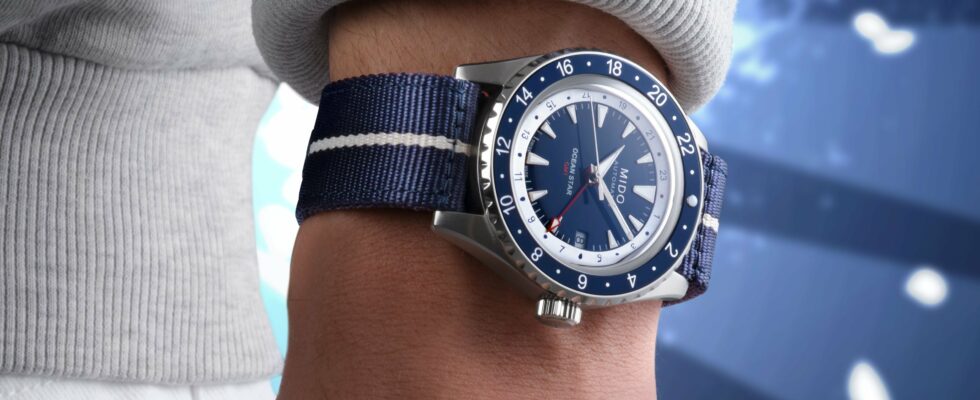Watchmaking is like wine: each year has its share of vintage editions. However, with one notable difference: on the watch side, no date risks being depreciated due to climatic hazards.
Round numbers are naturally popular, especially when they are centuries old. A hundred years ago, two major Japanese watch brands associated their names with a timepiece: it was in 1924 that Seiko unveiled its first company-branded wristwatch. That same year, Citizen presented a pocket watch, a model reinterpreted today to celebrate this centenary, while Seiko offered a special hundredth anniversary edition of its Prospex diving watch. 2024 also marks Piaget’s celebration of a century and a half of existence, and there will be 140 candles to blow out for Breitling.
Historic dates of iconic models are also occasions for celebration. Mido’s Ocean Star collection is reborn eighty years later with a special edition equipped with a GMT function. For the 70th anniversary of its Conquest reference, Longines is inspired by a model from the late 1950s, which is distinguished by its power reserve on rotating discs in the center of the dial. At Pequignet, it is the Moorea line which is redesigned four decades after its birth. While Dior offers a new face of its Chiffre Rouge men’s watch, which is twenty years old.
When a timepiece is considered iconic, even the quarter of a century becomes a pretext for commemoration, like the Twenty~4 reference from Patek Philippe. Or the Datograph at A. Lange & Söhne: if this Glashütte manufacture returned to the forefront in 1990 after the reunification of Germany, the watchmaking beginnings of this city actually date from 1849. Through its collection 175 Years Watchmaking Glashütte, Nomos Glashütte pays homage to this tradition of Saxon watchmaking.
An article from the special watchmaking file published in L’Express on June 6.
.
